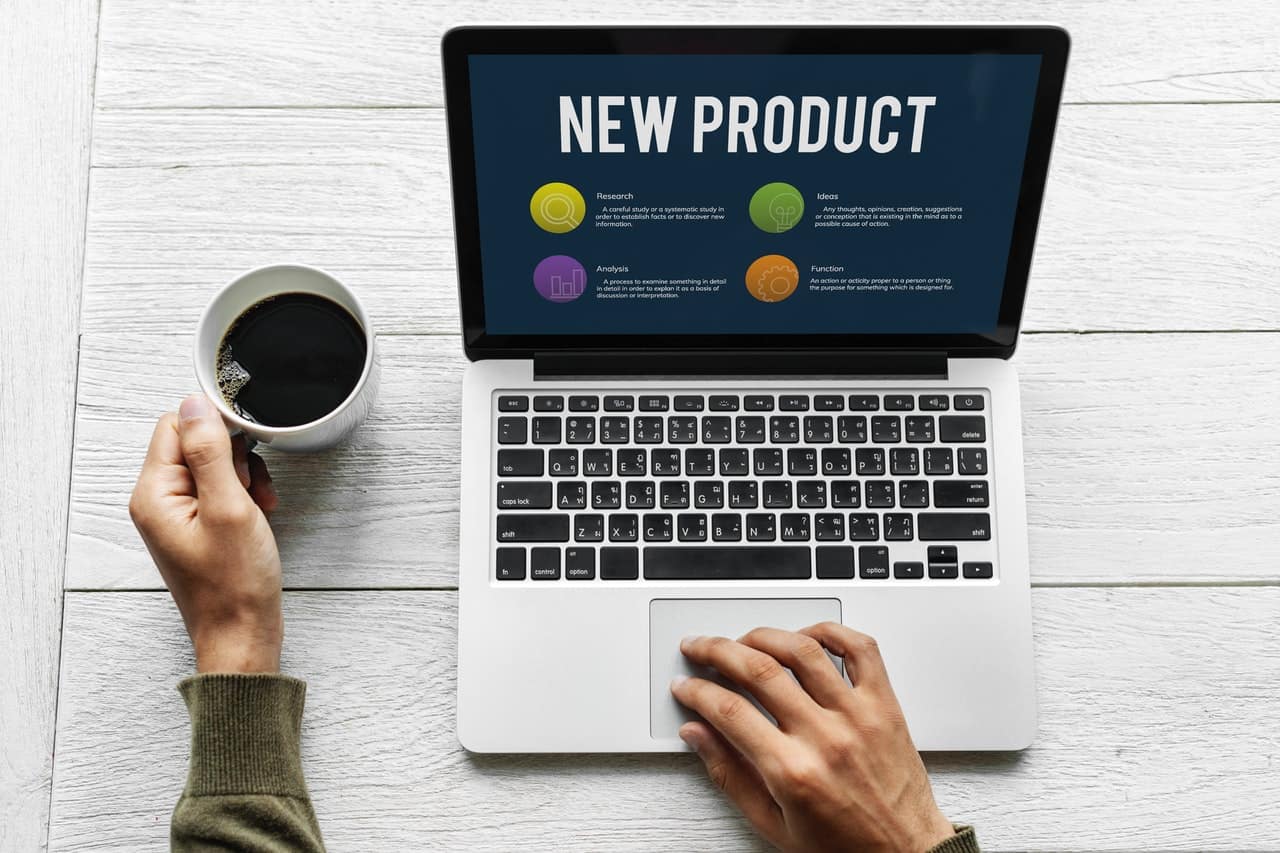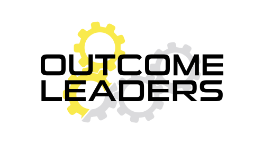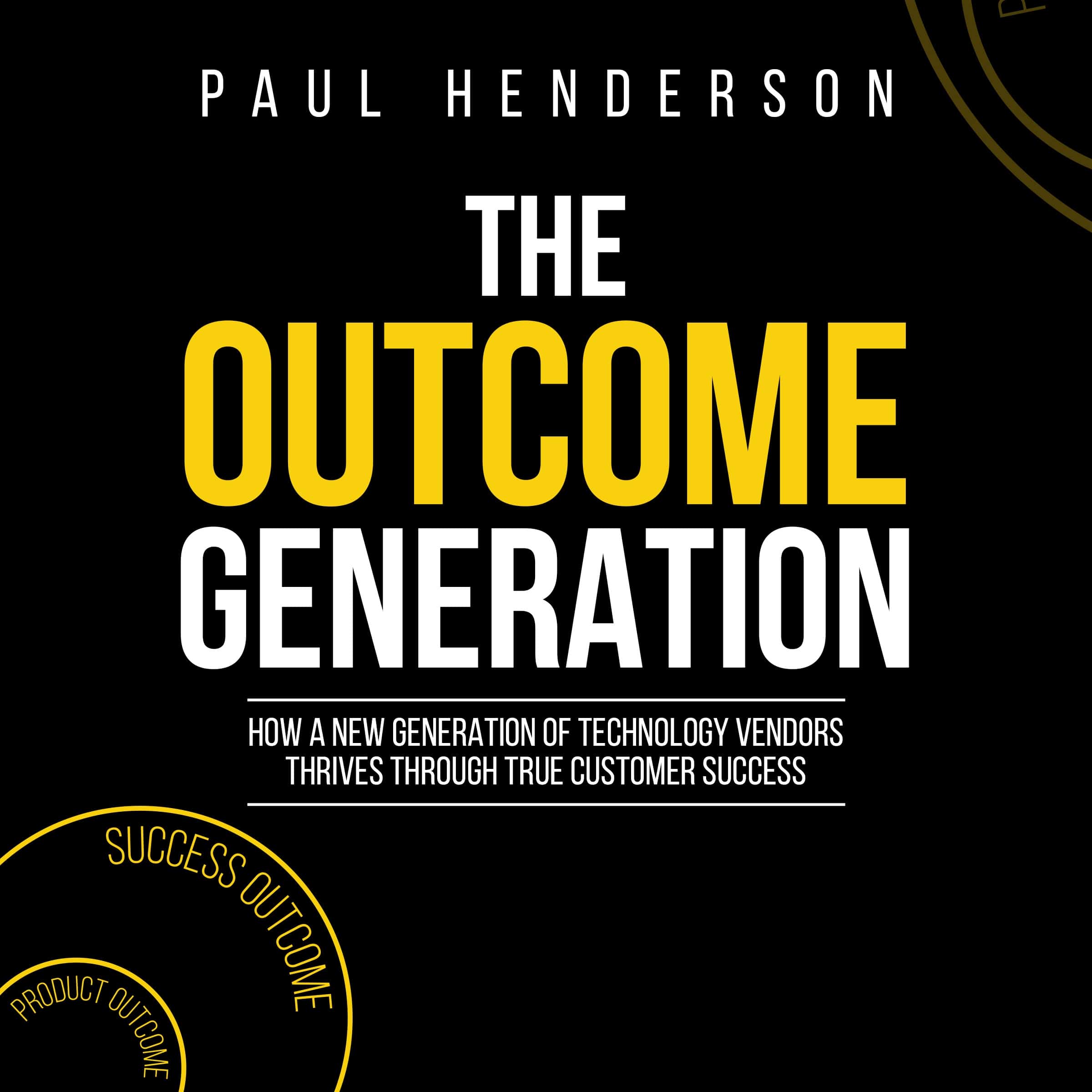The New Best of Breed

Best of Breed used to be about which product had the best features and functions. But it’s changing…..
The Big Debate
At one time in the technology industry, a debate raged over two strategies. The first strategy said that for any given business need, you should choose the best software available. But, you had to look after the integration to other software yourself. The second strategy said that integrating disparate software packages was too hard. It was better to buy all software from a single vendor and let the vendor manage the integration.
The dominance of SAP, Oracle and other large ERP vendors attests to victory for the second strategy. Most organisations opt to buy as much of their software as possible from one vendor. Even vendors like Salesforce, who started out as a single-application vendor, have changed. They’re now a platform delivering and linking many applications.
For most organisations, the difficulty of integrating different software packages was too high. The loss of extra features in some functional areas didn’t justify the effort to handle integration in-house.
For a long time, the industry deemed the debate over the two strategies finished. But, while the devotees of best of breed went quiet, they didn’t go away.
Integration Software
Specialist integration software such as Mulesoft and Dell Boomi rekindled interest in best of breed. With these products, integration became far less onerous. The balance between extra functionality and difficulty of integration changed. The debate over best of breed functionality versus ease of integration reopened.
But, while that’s been happening, a new battleground has emerged.
Three Generations of Technology Vendors
When software packages first emerged in the 1970s, vendors competed for customers based on features and functions. This Features Generation lasted until the late 80s or early 90s. The second generation then emerged. The Solution Generation competed on the ability to solve the customers’ current problems. They used variations of solution selling. The business case when buying the products quantified the benefits of solving the current problems. But, few customers or vendors bothered to measure actual results. Everyone declared success when the software went live.
In recent years a third generation has appeared. The Outcome Generation concentrates on enabling measurable business outcomes for their customers. Companies such as SAP, ServiceNow, Mulesoft, Adobe, New Relic and more focus on outcomes for their customers. And it’s changing the landscape of the technology industry.
The New Battleground
These vendors recognise that getting the product working isn’t enough. The customers have a bigger business outcome (called a Success Outcome) they want to achieve. The vendors’ products are necessary. But, the products are a means to an end, not an end in themselves.
Outcome Generation vendors don’t compete on their ability to solve customers’ current problems. They compete on their ability to enable future business outcomes – the Success Outcome. They work with prospects and customers to define a path to that Success Outcome.
And they’ve recognised there’s a bigger role they need to play.
Solution Generation vendors believe they’ve their done job when the product is adopted. Outcome Generation vendors understand that’s not enough. If customers don’t achieve the Success Outcome, they’ll consider their investment a failure. And in the world of subscription pricing, the customer can cancel, reduce subscriptions or stagnate and never grow. They all cost the vendor future revenue.
Outcome Generation vendors understand they need to do everything possible to help the customer achieve their Success Outcome. That means doing more than just getting their product working.
The New Best of Breed
While extra features and functions can help, lots of other factors affect the achievement of the Success Outcome. Outcome Generation vendors have realised they can offer new services, products, tools and methodologies to help achieve the Success Outcome. The new offerings increase the likelihood of achieving the success outcome. And that protects future revenue. The new products and services can also grow revenue. Win-win.
What’s emerging under Best of Breed? It’s not about the features and functions of the product. It’s about the ability to help with everything the customer needs to achieve their Success Outcome. The new Best of Breed vendor has the greatest ability to enable the customer’s Success Outcome.
That’s what sets them apart.
This article is based on the book; The Outcome Generation: How a New Generation of Technology Vendors Thrives through True Customer Success
Paul Henderson is an author, speaker and consultant on outcome-based customer success for technology vendors. His last role was leading the Asia Pacific region of an enterprise software company. He saw the potential that could come from delivering real and measurable business success for customers. So, he initiated a customer success program based on customer outcomes. He and his colleagues developed, modified and proved the model over more than five years. He thespent one a half years researching and writing, culminating in the release of The Outcome Generation.
+61 1300-859791
pjh@outcomeleaders.com
facebook.com/outcomeleaders
linkedin.com/outcomeleaders
youtube.com/outcomeleaders
Receive the latest on Outcome-based Customer Success |
Send us a Message
Error: Contact form not found.



